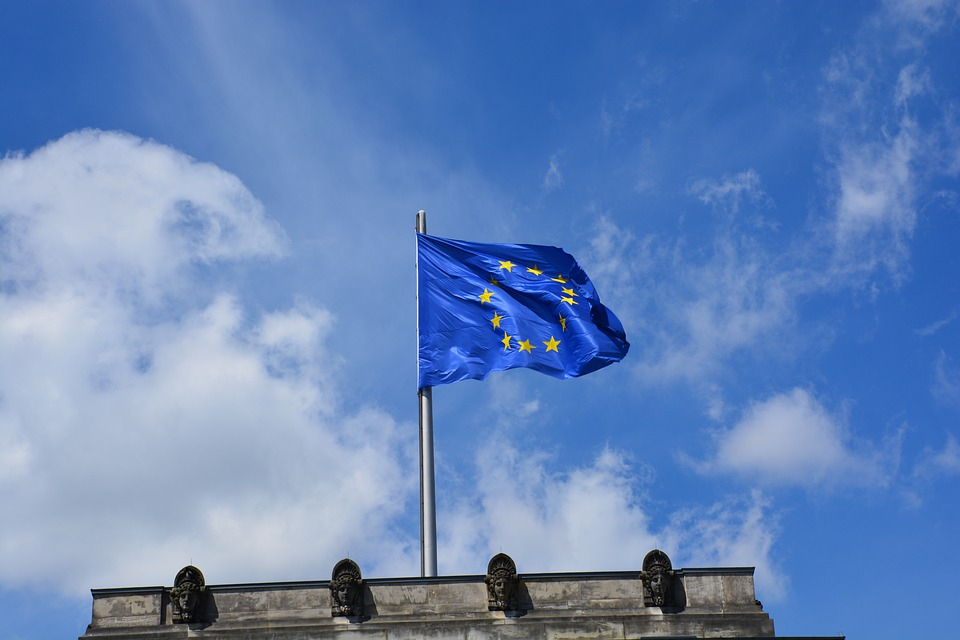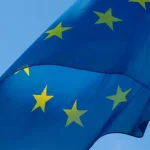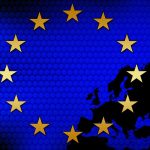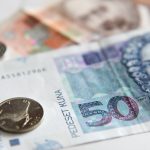As Ana Blaskovic/Poslovni Dnevnik writes, the European Commission’s (EC) recent forecasts for economic developments for the Republic of Croatia have brought growth expectations closer to most local expectations. Brussels expects 8.1 percent Croatian GDP growth this year (their expectation previously stood at 5.6 percent), which is close to the Croatian National Bank’s expectations of 8.5 percent, but still more cautious than the Croatian Government’s 9 percent. This prediction, if it materialises, would also make Croatian GDP growth the third fastest in the entire bloc.
The European Commission’s autumn forecasts generally predict a faster pace of recovery from the coronavirus crisis than the spring one did, after all, corrections leaning towards higher percentages as the year draws to a close were also given by numerous Croatian experts. The European leader with the highest GDP in 2021 will be Ireland with a projected 14.6 percent, followed by Estonia with 9 percent.
The ranking next year, of course if there is no correction, could look even better with growth of 5.6 percent, just behind Malta. “The recovery of the Croatian economy continued in 2021, mostly thanks to strong private consumption and better-than-expected results in the tourism sector. Favourable economic trends have spilled over into the labour market, which is experiencing strong employment dynamics,” they said from the EC. A good outlook for the economy is expected in the next two years, and essentially, there are no major surprises in Brussels’ latest autumn forecasts.
The engine of growth remains domestic demand driven by a good labour market situation. During the coronavirus crisis, the accumulated savings and the growth of consumer lending will give their momentum to the economic momentum. A positive contribution will also come from the direction of public spending, but its momentum will slow down due to the targeting of the deficit and public debt within the introduction of the euro in Croatia at the beginning of 2023, if all goes as planned.
Investment momentum should accelerate on the wings of European Union money as part of the National Recovery and Resilience Plan in addition to the regular EU budget and as payments from the Earthquake Solidarity Fund begin to be paid out. The European Commission expects that over time, these funds will encourage additional private investment in Croatia, which will further facilitate favourable financing conditions.
Finally, NPOO reforms (on which future generous payments depend) should support business confidence, according to the EC.
Exports are an item of GDP that should grow in line with the improving situation in major trading partners. After this year’s surprising jump in the export of services, primarily tourism, the continuation of solid trends is expected, the preconditions for which are favourable conditions in emitting markets and the final total normalisation of travel.
Although the Croatian economy is projected to grow strongly in terms of exports of goods, its import dependence will result in a gradual deterioration of the trade balance, a picture that essentially reflects the vulnerabilities and competitive weaknesses of the domestic economy. Finally, an unavoidable factor in the uncertainty of these forecasts is the low vaccination rate of only 44.9 percent of all residents of Croatia. Such figures “could lead to tougher measures to combat the pandemic and delay in post-earthquake recovery.”
Positive ”risks” are Croatia’s possible entry into the Schengen area and the Eurozone. Inflation is expected to accelerate due to rising energy and food prices, reaching 2.2 percent this year, after which it should then gradually stabilise. The budget deficit should drop down to 4.1 percent of GDP in 2021, and to 2.9 percent next year, and a downward trajectory is also projected for public debt; from 82.3 percent this year to 79.2 percent next year. Employment should return to pre-crisis levels this year, and the unemployment rate should drop to a record low of 5.8 percent in 2023.
For more information on Croatian GDP growth and much more, check out our politics section.












